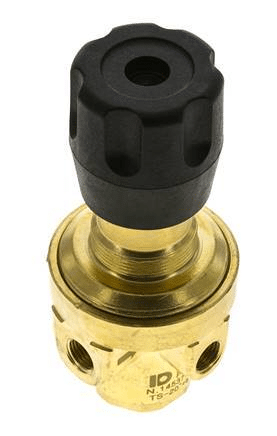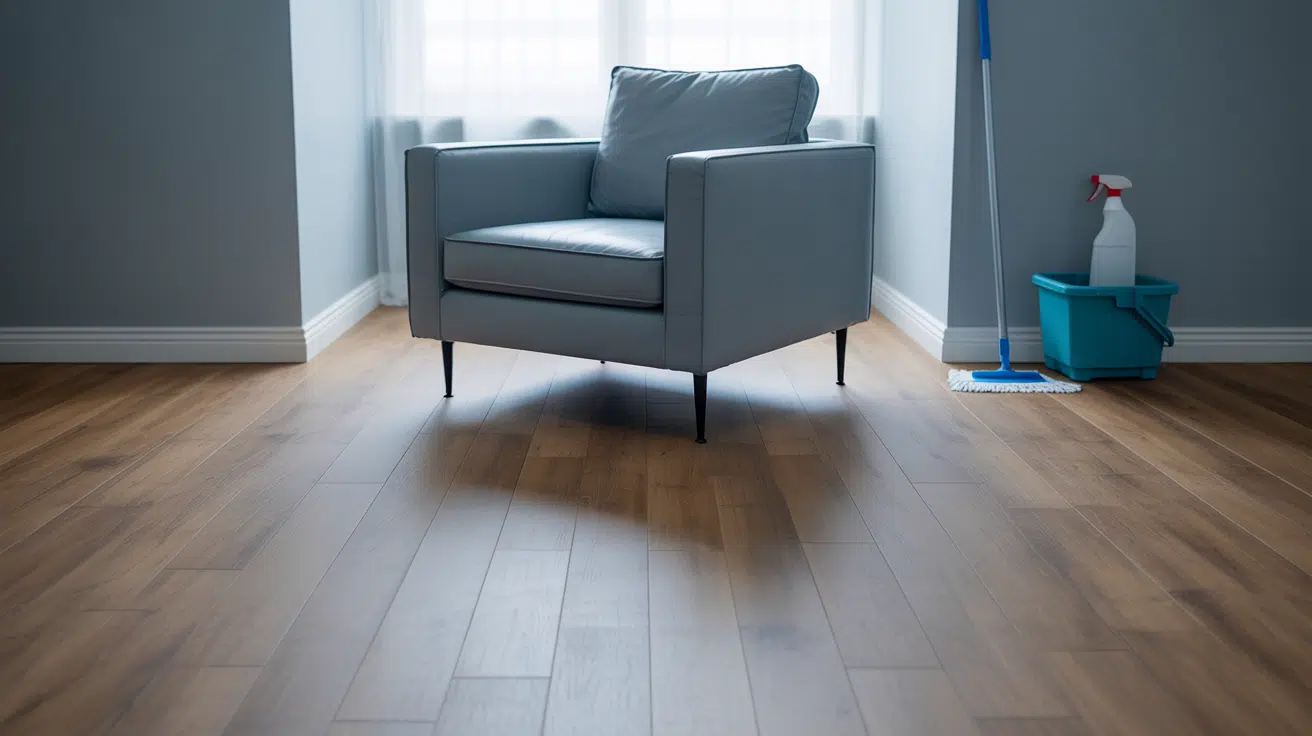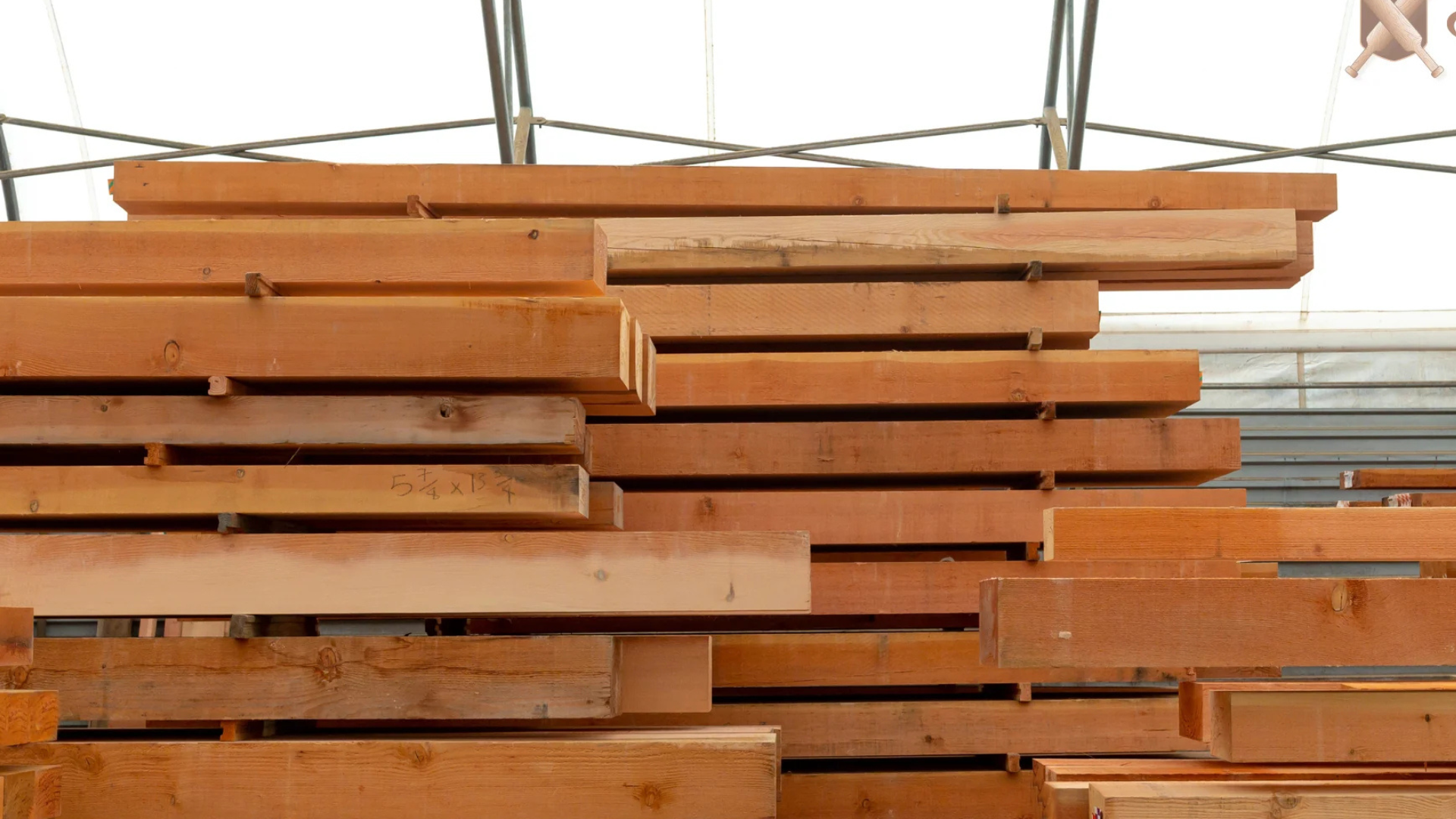The Importance of Pressure Reducing Valves in Your Home
When it comes to the plumbing system in your home, there are various components and devices working behind the scenes to ensure everything functions smoothly. One such device is the pressure reducing valve (PRV).
While it may not be as well-known as other household fixtures, a pressure reducing valve plays a critical role in maintaining the integrity of your plumbing system and ensuring the safety and efficiency of your home.
This article explores the importance of pressure reducing valves in your home and why you should consider installing one.
Understanding Pressure Reducing Valves
A pressure reducing valve is a plumbing device designed to control and maintain the pressure of the water entering your home. It’s typically installed near the point where the main water supply line enters your house.
The primary function of a PRV is to reduce the high-pressure water supply from the municipal source to a safe and manageable level for household use.
The Importance of Pressure Reducing Valves
- Protect Your Plumbing System: High water pressure can damage your home’s plumbing system. Excessive pressure can cause pipes to burst, joints to leak, and fixtures to wear out prematurely. By reducing the pressure at the source, a PRV helps extend the lifespan of your plumbing components and minimizes the risk of costly and inconvenient repairs.
- Save on Water Bills: High water pressure can result in excessive water consumption. This is because higher pressure forces more water through your fixtures, leading to wasted water and inflated water bills. A pressure reducing valve ensures that water is delivered at an appropriate and consistent pressure, helping you save on water costs.
- Protect Appliances: Many household appliances, such as washing machines, dishwashers, and water heaters, have specific pressure requirements for optimal performance. Excessive water pressure can damage these appliances or cause them to malfunction. Installing a PRV ensures that your appliances receive the right amount of pressure, reducing the risk of breakdowns and extending their useful life.
- Avoid Water Hammer: A water hammer is a common plumbing issue that occurs when high-pressure water is suddenly shut off. It can result in noisy, jarring vibrations and can be very damaging to your pipes and fixtures. Pressure reducing valves help control water pressure, preventing water hammer and the associated damage.
- Consistent Water Pressure: A PRV ensures that you have consistent water pressure throughout your home, regardless of municipal water supply pressure changes. This means you won’t experience fluctuations in water pressure while taking a shower, using a sink, or running multiple appliances simultaneously.
- Prevent Leaks and Drips: Excessive water pressure can cause faucets and toilet valves to leak or drip, leading to water wastage and potential damage to your fixtures. By regulating the pressure, a pressure reducing valve helps prevent these annoying and costly issues.
- Increase Safety: High water pressure can pose a safety risk, especially in hot water systems. It may lead to scalding water temperatures, which can be dangerous, especially for children and the elderly. A PRV helps maintain safe water temperatures by reducing pressure.
- Comply with Building Codes: In many jurisdictions, the installation of pressure reducing valves is required by building codes. Compliance with these codes is essential to ensure the safety and functionality of your plumbing system and may be necessary for insurance coverage.
Signs that you need a PRV
If you experience any of the following problems, it may be a sign that you need a PRV:
- Leaking pipes or fittings
- High water pressure
- Low water pressure
- Cloudy or discolored water
- Noisy plumbing
- Reduced appliance performance
Selecting and Maintaining a Pressure Reducing Valve
Choosing the right pressure reducing valve for your home is crucial. Factors to consider include the incoming water pressure, flow rate requirements, and the valve’s material and size. It’s advisable to consult with a professional plumber who can assess your specific needs and recommend the appropriate PRV for your home.
Regular maintenance is also important to ensure the continued functionality of your pressure reducing valve. Inspections should include checking for leaks, adjusting the pressure setting if necessary, and confirming that the valve is operating correctly. A well-maintained PRV can provide reliable service for many years.
Conclusion
Pressure reducing valves may not be the most glamorous or frequently discussed plumbing devices, but they play an essential role in maintaining the efficiency, safety, and integrity of your home’s plumbing system.
These valves protect your plumbing, appliances, and fixtures by reducing excessive water pressure, resulting in cost savings, water conservation, and peace of mind. If you haven’t already, it’s worth considering the installation of a pressure reducing valve in your home to enjoy its numerous benefits, ensuring that your plumbing system runs smoothly for years to come.






